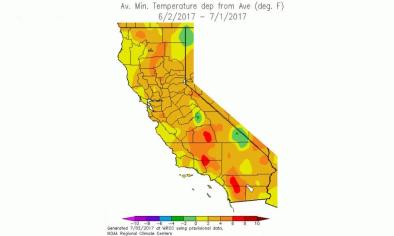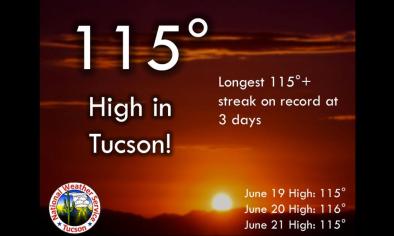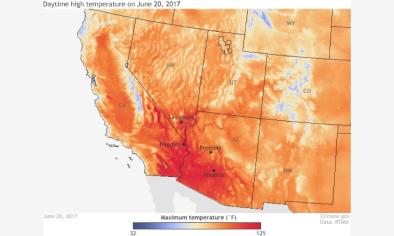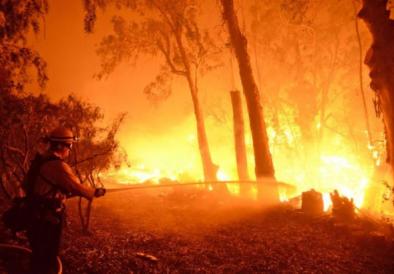Science Source
Diurnal asymmetry to the observed global warming
- States that the observed warming of the surface air temperature (SAT) over the last 50 years has not been homogenous
- States that there are strong differences in the temperature changes both geographically and on different time frames
- Reviews the observed diurnal asymmetry in the global warming trend: the night-time temperatures have increased more rapidly than day-time temperatures
- States that several explanations for this asymmetric warming have been offered in the literature, generally relate differences in the temperature trends to regionalized feedback effects, such as changes to cloud cover, precipitation or soil moisture
- Discusses a complementary mechanism through which the planetary boundary layer (PBL) modulates the SAT response to changes in the surface energy balance
- Finds that this reciprocal relationship between boundary-layer depth and temperature response can explain a part of why the night-time has warmed more rapidly than the daytime
- Uses a multi-linear regression model to compare the effect of the PBL, cloud cover, precipitation and soil moisture on the SAT
- Demonstrates that it is the boundary-layer depth which is the strongest predictor of the strength of temperature trends in the boreal annual cycle, and in all seasons except the summer
Related Content
Headline

Jul 4, 2017 | California Weather Blog
Monsoon picking up over Southwest; heat & moisture across much of CA
Headline

Jun 30, 2017 | Mashable
Southwest U.S. heat wave: The 5 most impressive temperature records
Headline

Jun 30, 2017 | NOAA Climate.gov
Hot temperatures roast the western United States
Headline

Jun 28, 2017 | The Christian Post
U.S. Wildfires News: Six States See Surge of Fires From Record-Breaking Temperatures


